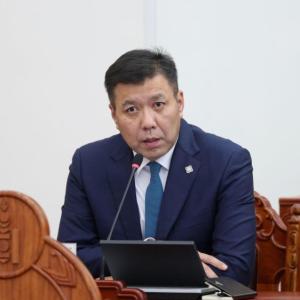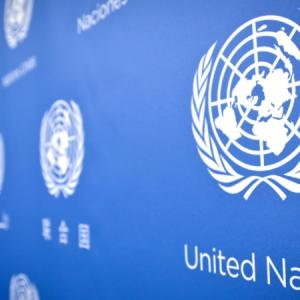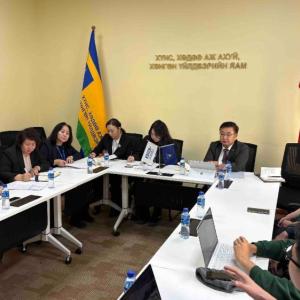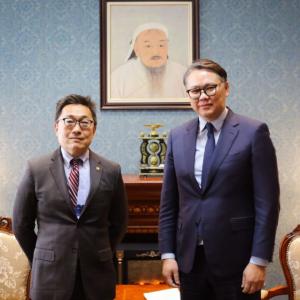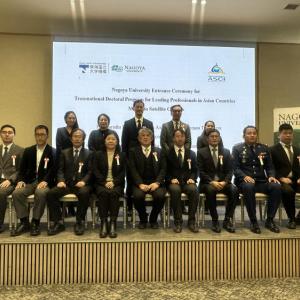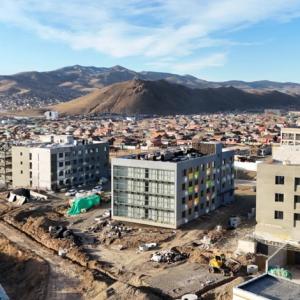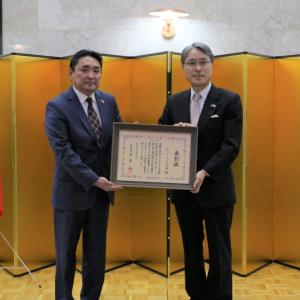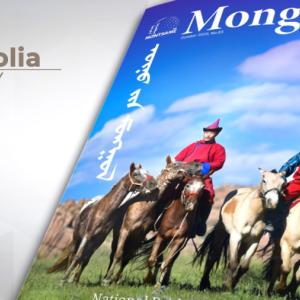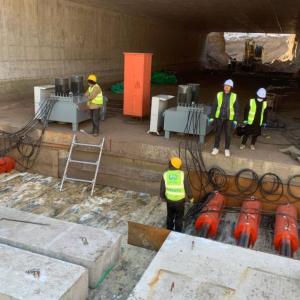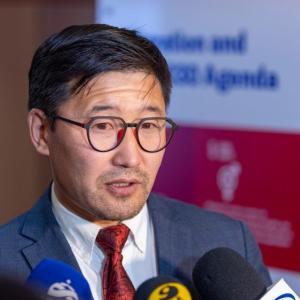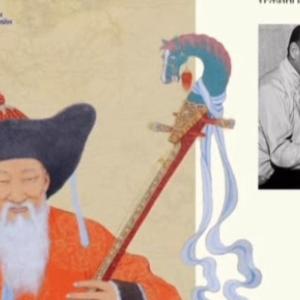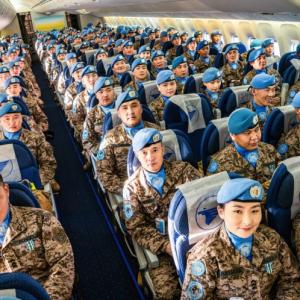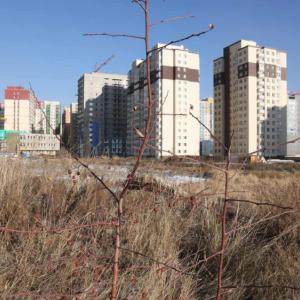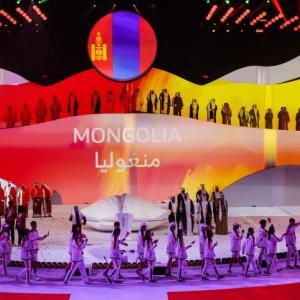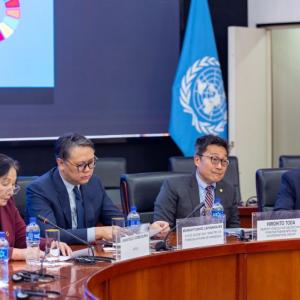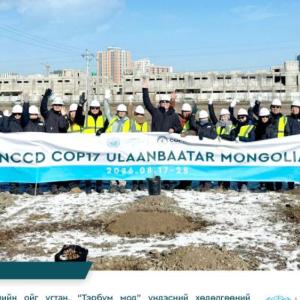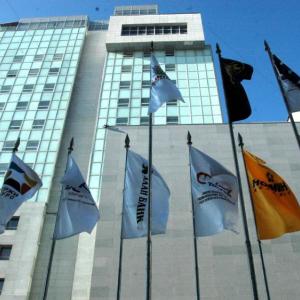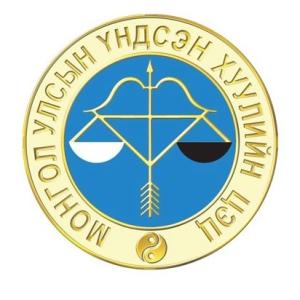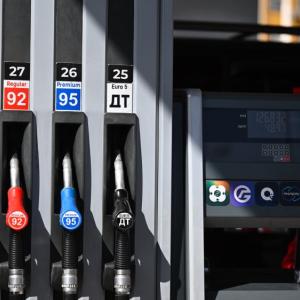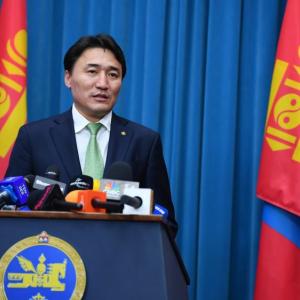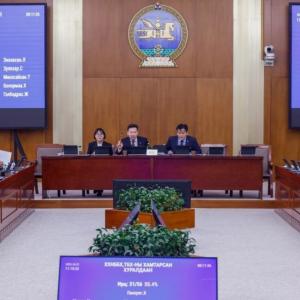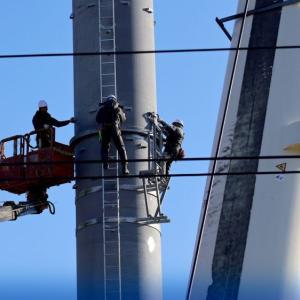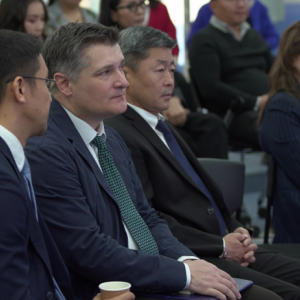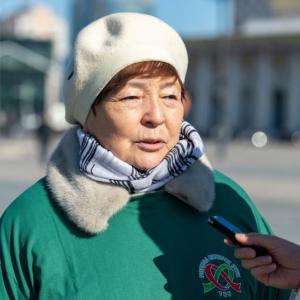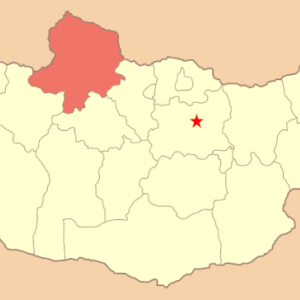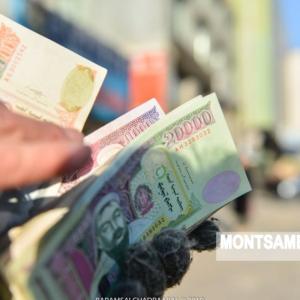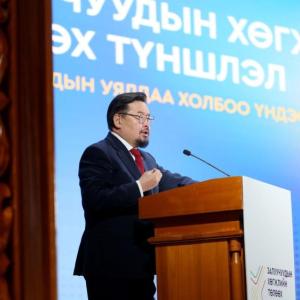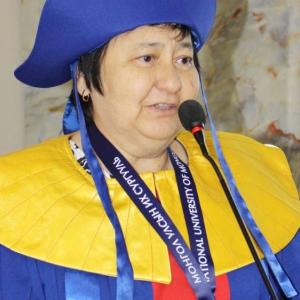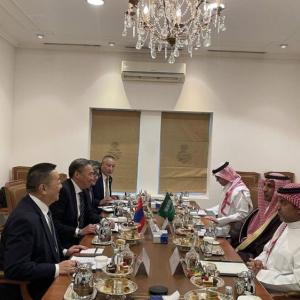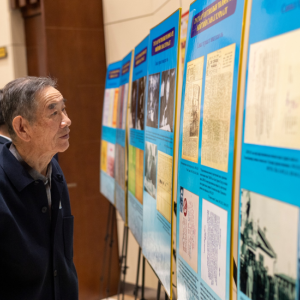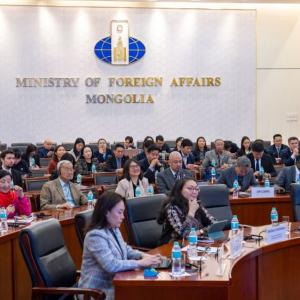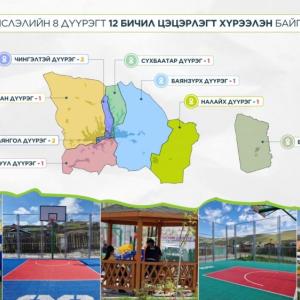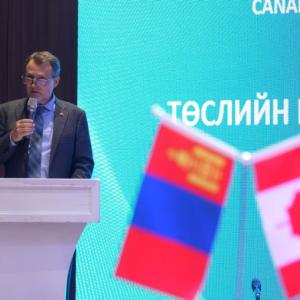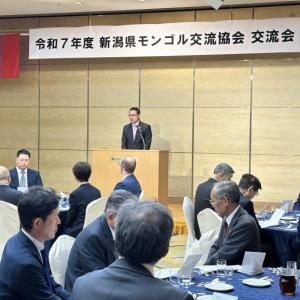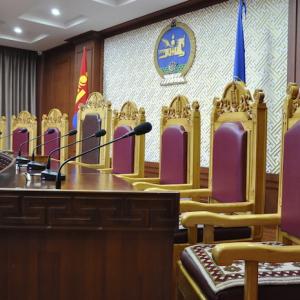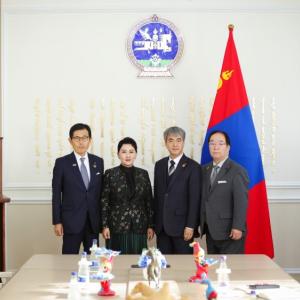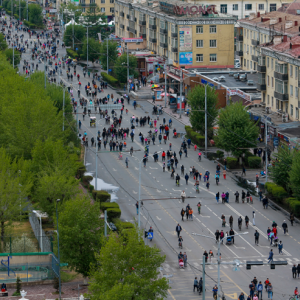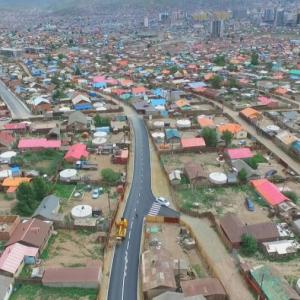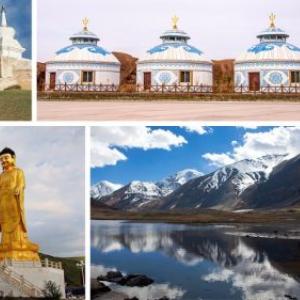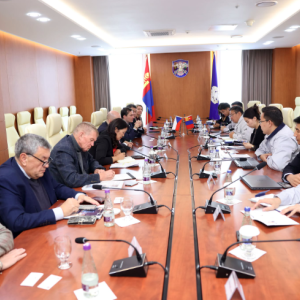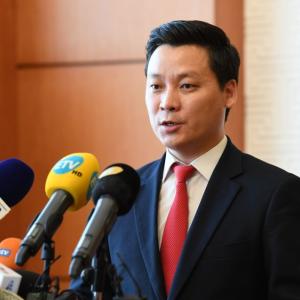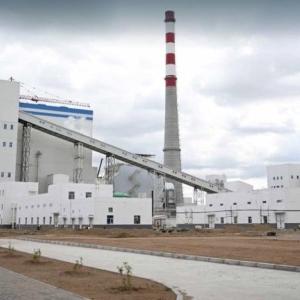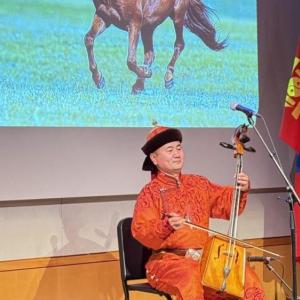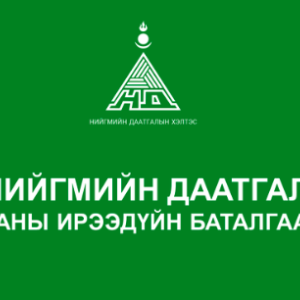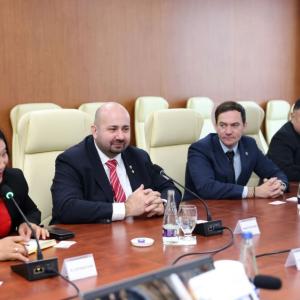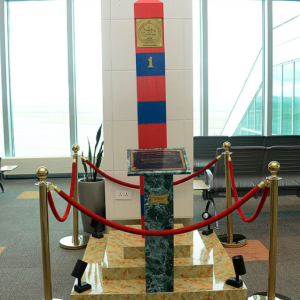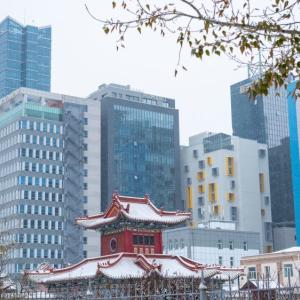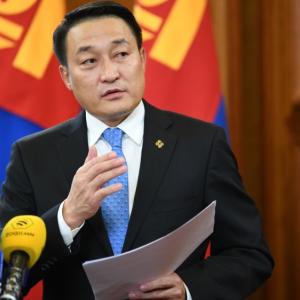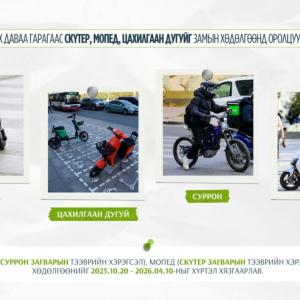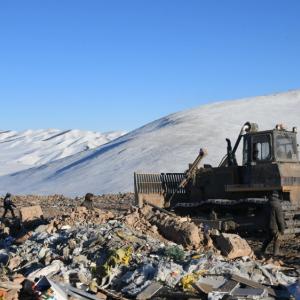TO SURVIVE A NUCLEAR STRIKE
The Mongol Messenger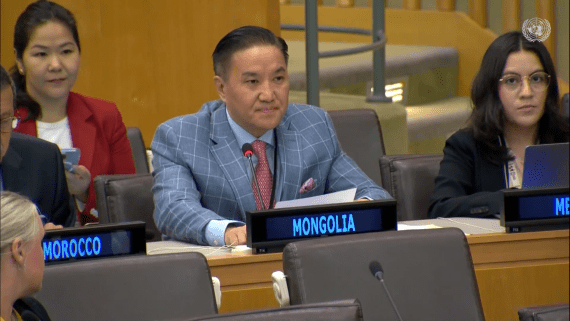
Ulaanbaatar /MONTSAME/. During the 77th session of the United Nations General Assembly First Committee meeting on October 28, the UN confirmed Mongolia’s international security and nuclear-weapon-free status. Ambassador and Permanent Representative of Mongolia to the United Nations V. Enkhbold presented the draft resolution at this year`s First committee session. In his statement, Ambassador Enkhbold noted that this year marks the 30th anniversary of Mongolia’s nuclear-weapon-free status and that this internationally recognized status is Mongolia’s tangible contribution to building a world free of nuclear weapons. Furthermore, Ambassador highlighted the importance of the 2012 declarations by the five nuclear-weapon States on Mongolia’s nuclear-weapon-free status. Since 1998, the United Nations General Assembly has been considering and adopting a resolution on “Mongolia’s international security and nuclear-weapon-free status” biennially. At this year’s First Committee session, 46 Member States co-sponsored the resolution.
WHAT
IS A NUCLEAR-WEAPON-FREE ZONE?
A nuclear-weapon-free zone
refers to a country or region that is prohibited from using, testing, transporting,
or developing nuclear weapons as part of a specific agreement. Previously,
there were five Nuclear-Weapon-Free Zones (NWFZs), covering territories in most
of the Southern Hemisphere and Central Asia except Mongolia. Antarctica has a
special nuclear-weapon-free status as well.
The Treaty of Tlatelolco of
1967`s was the first treaty for the Prohibition of Nuclear Weapons in Latin
America and the Caribbean. In the 40 years since the signing of this historic
agreement, the following treaties including South Pacific (Treaty of Rarotonga,
1985), Southeast Asia (Treaty of Bangkok, 1995), Africa (Treaty of Pelindaba,
1996), and Central Asia (Treaty of Semipalatinsk, 2007), were established
respectively and most of the populated areas of the Southern Hemisphere
generally belong to the nuclear-weapon-free zone.
In addition, other treaties
deal with the denuclearization of geographical regions. For example, the
Antarctic Treaty (1959), the first arms control agreement established during
the Cold War, set aside the continent as a scientific preserve, establishing
freedom of scientific investigation, and banning military activity, because of
the Antarctic accounts for 90 percent of Earth`s total ice volume and 70
percent of its fresh water; and the Seabed Treaty (1971) which is the treaty on
the Prohibition of the Emplacement of Nuclear Weapons and Other Weapons of Mass
Destruction on the Sea-Bed and the Ocean Floor and in the Subsoil thereof.
However, the entire continent has been denuclearized by the Antarctic Treaty,
while the Seabed Treaty covers only the South Pacific Ocean. Furthermore, the
Outer Space Treaty, which was adopted in 1967, also contains provisions to keep
outer space, including the Moon and Other Celestial Bodies, free from nuclear
weapons and the Moon agreement (1979) as well.
MONGOLIA`S
EFFORT TO BECOME A NUCLEAR-WEAPON-FREE ZONE
As for Mongolia, in September
1992, the country launched an initiative to become a nuclear-weapon-free zone
and announced it internationally. While most countries can form
nuclear-weapon-free zones with their neighbors, that is not an option for
Mongolia, a landlocked country sandwiched between two nuclear giants, China and
Russia. It thus declared itself a single-state nuclear-weapon-free area in
1992. So, Mongolia is the only country in the world with self-declared
nuclear-weapon-free status and has achieved certain success in the field of
recognition.
Mongolia has been making
efforts to gain international recognition of its nuclear-weapon-free status,
and as a result of these efforts, a decision supported by the United Nations
General Assembly was made in 1998. On
the occasion of the 20th anniversary of declaring as a NUCLEAR-WEAPON-FREE
ZONE, Mongolia and the five States (Russia, China, the United States, the
United Kingdom, and France) signed parallel declarations at United Nations
Headquarters concerning security assurances in 2012.
In its declaration, Mongolia,
based on its legislation of 2000, not only reaffirmed the general prohibitions
implemented under the Treaty on the Non-Proliferation of Nuclear Weapons but
also pledged not to station or transport nuclear weapons or parts or components
of such weapons nor nuclear waste by any means through its territory and
welcomed the pledges made by the five nuclear-weapon States in 2000 and on 17
September 2012.
NUCLEAR-FREE
MONGOLIA A ‘SYMBOL OF PEACE IN A TROUBLED WORLD
In recent years, there have
been demands and initiatives to establish a free zone of mass destruction and
nuclear weapons. Especially in the Middle East, Central Europe, and South Asia,
the issue of creating such a zone is being discussed. So, Mongolia is an
example and a way of countries that cannot join the NUCLEAR-WEAPON-FREE ZONE
due to its geographical location, but are interested in self-declaring the
NUCLEAR-WEAPON-FREE status and ensuring its security.
The establishment of many
nuclear-weapon-free zones affects the interests of countries interested in
conducting tests on the territory of others due to their small territories.
However, at a time when the danger of war is increasing day by day, the
countries that are free of nuclear weapons are becoming more united, and
ensuring their security by the current international legal norms has become a
vital issue.
 Ulaanbaatar
Ulaanbaatar






